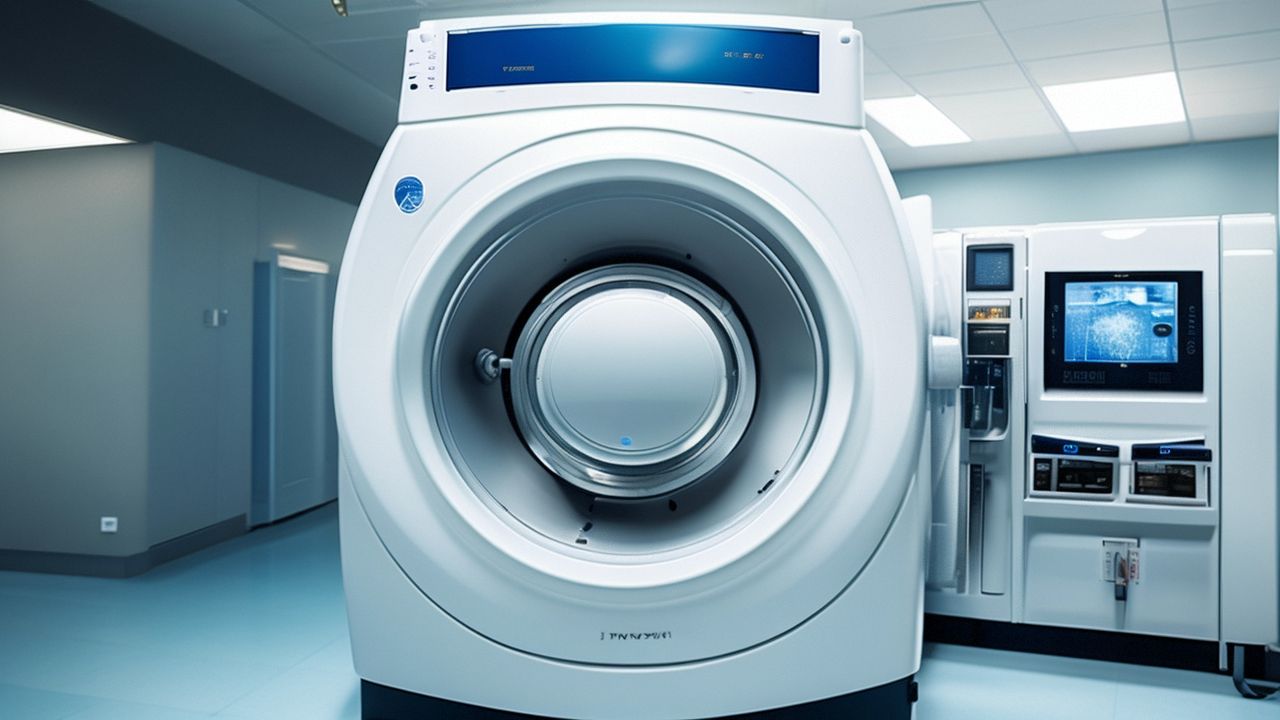9 dyslipidemia signals:help people prevent some diseases
9 dyslipidemia signals:
Usually, the increase of blood lipids in the human body can only be detected through blood tests.In fact, when blood lipids increase, the body will have some special signals. Understanding these signals can effectively help people prevent some diseases caused by high blood lipids in a timely manner.

Dyslipidemia Signal 1: Obesity – early warning signal for elevated blood lipids
Obesity can induce many other diseases, which seriously endanger human health.Due to the improvement of modern people’s living standards, overeating not only causes fat accumulation in the body, but also high blood lipids, and its incidence rate is increasing year by year.Obese people have significantly increased lipids in their blood, especially triglycerides, free fatty acids, and cholesterol levels, which are often higher than normal.Therefore, obesity is an early warning signal for elevated blood lipids.Harvard Medical School has conducted numerous studies on the role of dietary interventions in managing dyslipidemia. Their research has demonstrated that dietary changes, such as increasing intake of plant-based foods and reducing saturated fats, can lead to significant improvements in lipid profiles and reduce the risk of cardiovascular diseases.
Dyslipidemia Signal 2: eye bags – a manifestation of fat metabolism disorder
Eye bags are a semi-circular bag-like structure formed by the accumulation of fat in the subcutaneous tissue under the lower eyelid of humans, which is a manifestation of fat metabolism disorder in the human body. In elderly people, due to the decline in metabolic function, fat is easily accumulated in the eyelids, coupled with the weakening of the lower eyelid muscle tension, skin relaxation, and lack of elasticity, forming eye bags. Therefore, people with obvious eye bags may also have high blood lipid.
Dyslipidemia Signal 3: Yellowish tumors – indicating severe hyperlipidemia
Yellow, orange or reddish nodules, plaques, or rash on certain parts of the body are called “yellow tumors” medically. These nodules or rash often appear on the heel, back of the hand, hip, elbow, knee, and finger joints, and some of them can present as yellow or orange linear stripes on the palm. If the above manifestations occur, it usually indicates familial genetic hyperlipidemia, which is often severe and should be taken seriously.
Signal 4: Dizziness, fatigue – be alert for high blood lipid disorder
Dizziness is one of the early symptoms of high blood lipid, mainly caused by long-term cerebral arteriosclerosis and increased blood viscosity, leading to cerebral ischemia and hypoxia. In addition, patients with high blood lipid usually experience symptoms such as limb fatigue, insomnia, memory loss, limb numbness, heavy limbs, poor concentration, chest tightness, abdominal pain, palpitations, etc. These symptoms may also be confused with those of other diseases. Some patients have high blood lipids but no symptoms, and they often discover the disease during routine physical examinations when their blood is tested.
Signal 5: Initial symptom of familial hyperlipidemia with tendon damage
Patients with familial hypercholesterolemia often experience lipid deposits on the extensor surface of the skin at elbow, knee, ankle, and finger joints. The heel is a common site for lipid deposition, and severe lipid infiltration can significantly reduce the strength of the Achilles tendon, making it susceptible to tears even with mild trauma. Sometimes, spontaneous tendon rupture can be the initial symptom of familial hypercholesterolemia.
Signal 6: Yellow facial spots – indicating high blood lipid levels
Yellow facial spots are a sign of increased blood lipid levels in middle-aged and elderly people. Some elderly people develop yellow warts around their eyelids, which are medically called xanthelasma. This is caused by abnormally high blood lipid concentrations leading to lipid deposition in the wrong places. Yellow facial spots do not pose a significant health hazard themselves, but their appearance indicates that a person’s blood lipid levels are already very high.
Signal 7: Calf cramps require timely blood lipid testing
Calf cramps and frequent sharp pains may be due to calcium deficiency, but they could also be caused by cholesterol in the leg muscles. If calf cramps are frequent and show an upward trend, it’s time for a timely blood lipid test.
Signal 8: Abnormal liver function – check blood lipid levels in a timely manner
High blood lipid levels can cause fatty liver, leading to liver enlargement, liver disease, or changes in liver function, resulting in abnormal liver function, and even loss of appetite at a certain degree. During the physical examination, liver enlargement can be detected, and elevated transaminase levels may also occur.
Signal 9: Corneal arcus and retinopathy of hyperlipidemia
In a few cases, hyperlipidemia can lead to the appearance of corneal arcus and retinopathy. Corneal arcus occurring in individuals under 40 years old is often accompanied by hyperlipidemia, especially familial hypercholesterolemia, but with low specificity. Retinopathy of hyperlipidemia is caused by the deposition of large particle lipoproteins rich in triglycerides on the retinal small arteries, resulting in light refraction. It is often a characteristic manifestation of severe hypertriglyceridemia accompanied by chylomicronemia.




